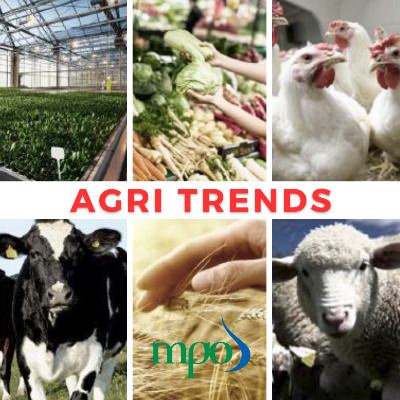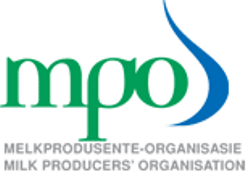
Improving grazing conditions support herd rebuilding
Grazing conditions already improved in some livestock producing areas in the South Africa, and as the summer progresses, the improvement is expected to have a strong regrowth that will enable farmers to rebuild their livestock herds. As the herd re-building process is underway, it means that there will be less available animals to be sent for slaughter, which could add further upward pressure on beef prices in the coming weeks. During September 2017, 12% less cattle were slaughtered compared to August 2017. The September 2017 slaughter figures are also 13% lower than the same time a year ago and this also support prices.
Highlights
Grains
- The latest wheat import tariff of R910/ton (effective from the 3rd November 2017) will provide underlying support to the local wheat price.
- Lower maize seed sales in some parts of the country, corresponds to the reduced national crop estimate (total 6% less maize 2 470 400 ha vs 2 628 600 ha in 2017). Even though a great number of local producers still indicate that they’ll plant maize as their main primary crop again in the new season.
- With the current large maize global stocks, US and South American weather outlook it does not seem highly likely that crop prospects could change drastically, thus maize prices will carry on trading sideways for the next couple of months.
Livestock & Fibre
- During September 2017, 12% less cattle were slaughtered compared to August 2017. A total of 209322 head of cattle were slaughtered during September 2017. The September 2017 slaughter figures are also 13% lower than the same time a year ago.
- During September 2017, 6.5% less sheep were slaughtered compared to during August 2017. The September 2017 slaughter figures are also 13% lower than the same time a year ago. A total 359863 head of sheep were slaughtered during September 2017
- During September 2017, 8% less pigs were slaughtered compared to August 2017
- The outlook for livestock prices remain bullish, with further upward movement expected in the short term. This is in line with seasonal improvement in demand, and possible reduction in slaughter due to strong regrowth conditions which encourage herd rebuilding. Feeding margins remains positive, on the back of low feed costs resulting from the lower grain prices.
- Exports of beef are impacted as a result of the lack of supplies. Total beef exports have since followed a declining trend from the beginning of 2017, due to lack of domestic supplies. Total volumes exported (fresh or chilled & frozen) for the first 8 months of 2017 is 16% lower compared to the same period a year ago.
Published on Friday, 3rd November 2017 - 12:40
Recent Posts
disclaimer









